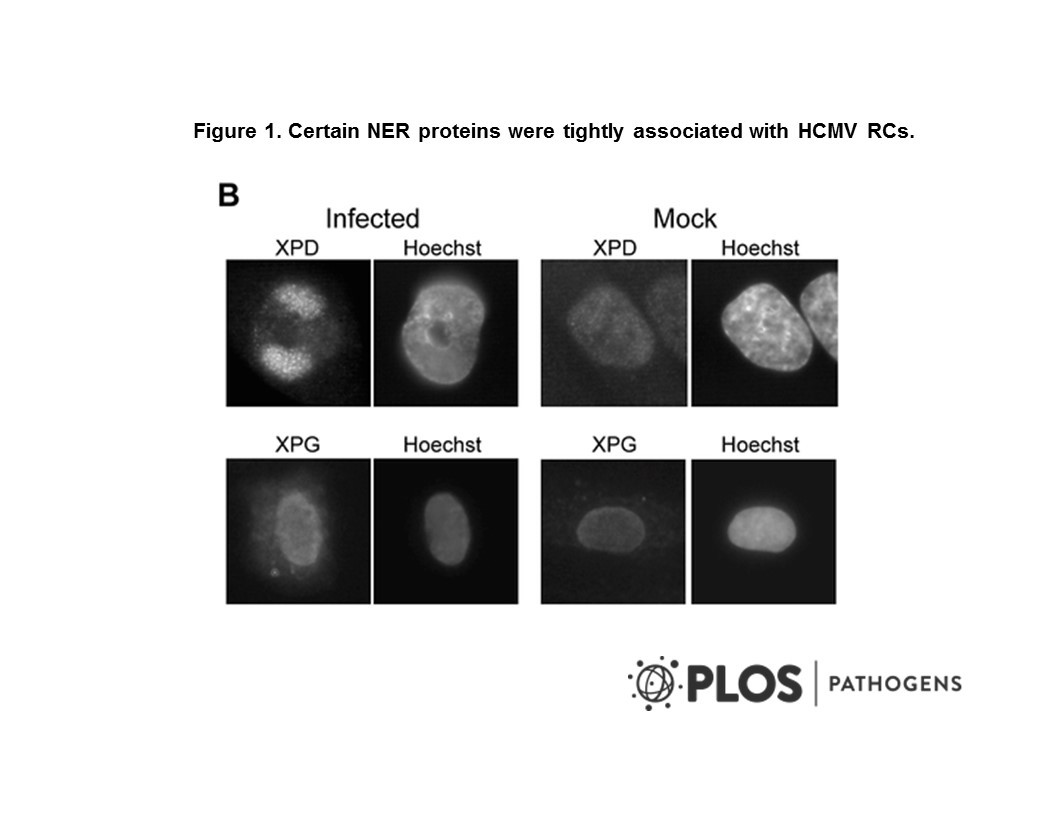Cat. #151063
Anti-XPG [8H7/XPG]
Cat. #: 151063
Sub-type: Primary antibody
Unit size: 100 ug
Availability: 1-2 weeks
Target: XPG
Class: Monoclonal
Application: IF ; ELISA ; FACS ; IHC ; IF ; IP ; WB
Reactivity: Human
Host: Mouse
£300.00
This fee is applicable only for non-profit organisations. If you are a for-profit organisation or a researcher working on commercially-sponsored academic research, you will need to contact our licensing team for a commercial use license.
Contributor
Inventor: Susheela Dhut
Institute: Cancer Research UK, London Research Institute: Lincoln's Inn Fields
Tool Details
*FOR RESEARCH USE ONLY
- Name: Anti-XPG [8H7/XPG]
- Clone: 8H7/XPG
- Tool sub type: Primary antibody
- Class: Monoclonal
- Conjugation: Unconjugated
- Molecular weight: 185 kDa
- Strain: Balb/c
- Reactivity: Human
- Host: Mouse
- Application: IF ; ELISA ; FACS ; IHC ; IF ; IP ; WB
- Description: XPG is a DNA endonuclease that is essential for the dual incision step of nucleotide excision repair (cleaves 3' of the DNA lesion). XPG might be involved in the DNA replication and repair deficiency syndromes Cockayne Syndrome and Xeroderma pigmentosa.
- Immunogen: Recombinant human XPG protein produced in baculovirus
- Immunogen uniprot id: Q62199
- Isotype: IgG2a
- Myeloma used: Sp2/0-Ag14
- Recommended controls: LnCap cells
Target Details
- Target: XPG
- Molecular weight: 185 kDa
- Tissue cell line specificity: LnCap cells
- Target background: XPG is a DNA endonuclease that is essential for the dual incision step of nucleotide excision repair (cleaves 3' of the DNA lesion). XPG might be involved in the DNA replication and repair deficiency syndromes Cockayne Syndrome and Xeroderma pigmentosa.
Applications
- Application: IF ; ELISA ; FACS ; IHC ; IF ; IP ; WB
Handling
- Format: Liquid
- Concentration: 1 mg/ml
- Unit size: 100 ug
- Storage buffer: PBS with 0.02% azide
- Storage conditions: -15° C to -25° C
- Shipping conditions: Shipping at 4° C
Related Tools
- Related tools: Anti-BCRABL, Recombinant [7c6]
References
- HCMV-infected cells maintain efficient nucleotide excision repair of the viral genome while abrogating repair of the host genome.
- O'Dowd et al. 2012. PLoS Pathog. 8(11):e1003038. PMID: 23209410.
- Igoucheva et al. 2006. Oligonucleotides. 16(1):94-104. PMID: 16584298.
- Bomgarden et al. 2006. EMBO J. 25(11):2605-14. PMID: 16675950.
- Opposing effects of the UV lesion repair protein XPA and UV bypass polymerase eta on ATR checkpoint signaling.
- Involvement of ERCC1/XPF and XPG in oligodeoxynucleotide-directed gene modification.
- Ara
jo et al. 2001. Mol Cell Biol. 21(7):2281-91. PMID: 11259578. - Strong Fn interactions of TFIIH with XPC and XPG in human DNA nucleotide excision repair, without a preassembled repairosome.
- Evans et al. 1997. EMBO J. 16(3):625-38. PMID: 9034344.
- Open complex formation around a lesion during nucleotide excision repair provides a structure for cleavage by human XPG protein.




